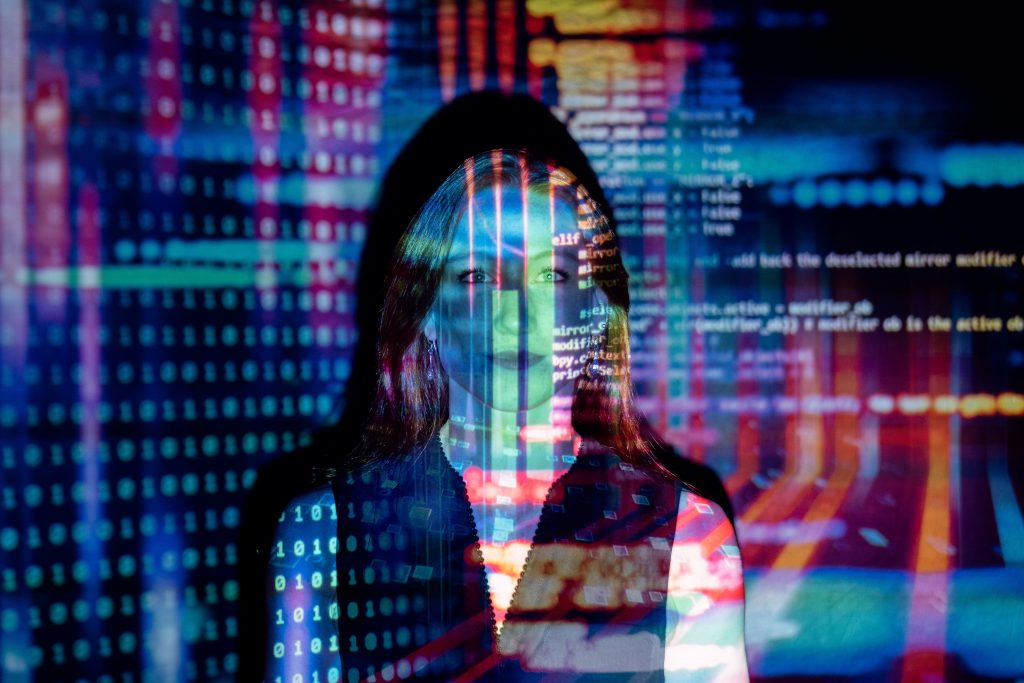It’s easy to think that programming a machine to automate a process or calculate a value is a modern concept that’s only really happened in the last fifty years or so. However, that assumption is quite wrong, coding has actually been around for quite some time.
87BC
It’s difficult to pinpoint an exact start of when humans began to ‘program’ a device. However, it’s widely accepted that the Antikythera Mechanism is possibly the first ‘coded’ artefact. It’s dated to about 87 BC and is an ancient Greek analogue computer and orrery used to predict astronomical positions.
850AD
The Banū Mūsā brothers, three Persian scholars who worked in the House of Wisdom in Baghdad, published the Book of Ingenious Devices in around 850 AD. Among the inventions listed was a mechanical musical instrument, a hydro-powered organ that played interchangeable cylinders automatically.
1800
Joseph Marie Jacquard invents a programmable loom, which used cards with punched holes to create the textile design. However, it is thought that he based his design on a previous automated weaving process from 1725, by Basile Bouchon.
1842-43
Ada Lovelace translated the memoirs of the Italian mathematician, Francis Maneclang, regarding Charles Babbage’s Analytical Engine. She made copious notes within her writing, detailing a method of calculating Bernoulli Numbers using the engine. This is recognised as the first computer program. Not bad, considering there were no computers available at the time.
1930-50
During the Second World War, there significant advances were made in programmable machines. Most notably, the cryptographic machines used to decipher military codes used by the Nazis. The Enigma was invented by the German engineer Arthur Scherbius but was made famous by Alan Turing at Bletchley Park’s codebreaking centre.
1951-58
The first true computer code was Assembly Language (ASM) or Regional Assembly Language. ASM was specific to the architecture of the machine it was being used on. In 1951 programming languages fell under the generic term Autocode. Soon languages such as IPL, FORTRAN and ALGOL 58 were developed.
1959
Admiral Grace Hopper was part of the team that developed the UNIVAC I computer and she eventually developed a compiler for it. In time, the compiler she developed became COBOL (Common Business-oriented Language), a computer language that’s still in use today.
1960-70
Computer programming was mainly utilised by universities, the military and big corporations during the ‘60s and the ‘70s. A notable step toward a more user-friendly, or home user language, was the development of BASIC (Beginners All-purpose Symbolic Instruction Code) in the mid-sixties.
1970-85
From the 1970s, the development of the likes of C, SQL, C with Classes (C++), MATLAB, Common Lisp and more came to the fore. The ‘80s was undoubtedly the golden age of the home computer, a time when silicon processors were cheap enough for ordinary folk to buy. This led to a boom in home/bedroom coders with the rise of 8-bit machines.
1990-Present
The Internet age brought a wealth of new programming languages and allowed people access to the tools and knowledge needed to learn coding in a better way. Not only could a user learn how to code but they could freely share their code and source other code to improve their own.


